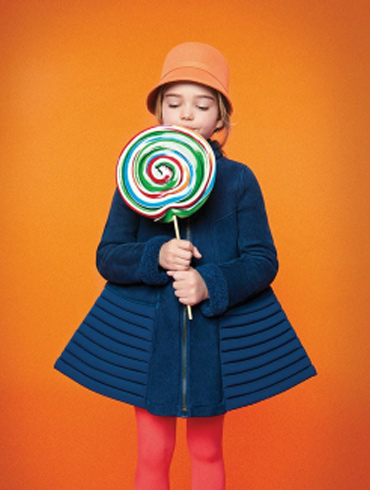How does your child’s room affect his activity and mood?
Young children are more sensitive to color than adults, as colors affect their mood, energies, behavior, and even appetite. Studies indicate that some colors have a positive effect on some unacceptable behaviors in children, in addition to that some colors stimulate children’s energies in a good way. Conversely, some colors may have a negative effect on your child and may make him or her feel uncomfortable. Therefore, these studies recommend mothers and fathers when choosing the colors of children’s rooms in particular and rooms in the home in general to choose colors that affect children positively in terms of mood and behavior and avoid those that affect them negatively.

Orange Color
Orange is a warm color and this color is suitable for children’s rooms as it is one of the colors that stimulate mental activity, creativity and a feeling of happiness, and it also encourages a feeling of confidence and independence.

Yellow Color
Yellow color in children is associated with joy and happiness, and this color activates the mind, stimulating thinking and stimulating creativity. But it is always preferable to reduce the intensity of the yellow color, by adding white to the room, as the spread of the color in abundance may cause children to be excited and make them scream and cry.

Pink Color
Although this color is usually associated with girls, it lends a calming feeling to everyone.

Red Color
Red is a fiery color that has the ability to energize the body and increase heart rate and breathing. However, some research indicates that exposure to the color red encourages aggressive behavior and inability to focus as well as motivates children to scream, causing stress in children’s nervous system.

Violet Color
Violet gives children a sense of ambition and radiates self-confidence in children. Also, this color is the color of passion, creativity, wisdom and spirituality. Violet is a deep and emotional color that stimulates feelings and empathy in children. But if your child is very sensitive you can rule out this color.

Blue Color
The blue color has a positive effect on children’s behavior, as this color reduces anxiety and aggression, and reduces blood pressure and heart rate. This color helps children who suffer from tantrums or other behavioral problems because of its calming effects in the rooms of children who have any hostile tendencies. In addition, the blue color creates a feeling of well-being and suppresses the appetite.

Green Color
Painting a child’s room green stimulates a child’s learning ability as it has a calming effect. Where the scientists found that the green color has an effect on improving the reading speed and comprehension of the child. This color brings calm and peace in the house. It is recommended to use this color in children’s rooms to give calm and tranquility around them.

White Color
The white and black color is a comfortable duo for children, especially the younger ones, as it brings peace and comfort in the atmosphere.
Warm Colors: Warm colors in general, warm colors bring happiness and comfort in children’s rooms and add space to them, making children feel more intimate.
Cool Colors: Cool colors have a calming effect on children. Plus, many of these colors make small spaces look a little bigger







